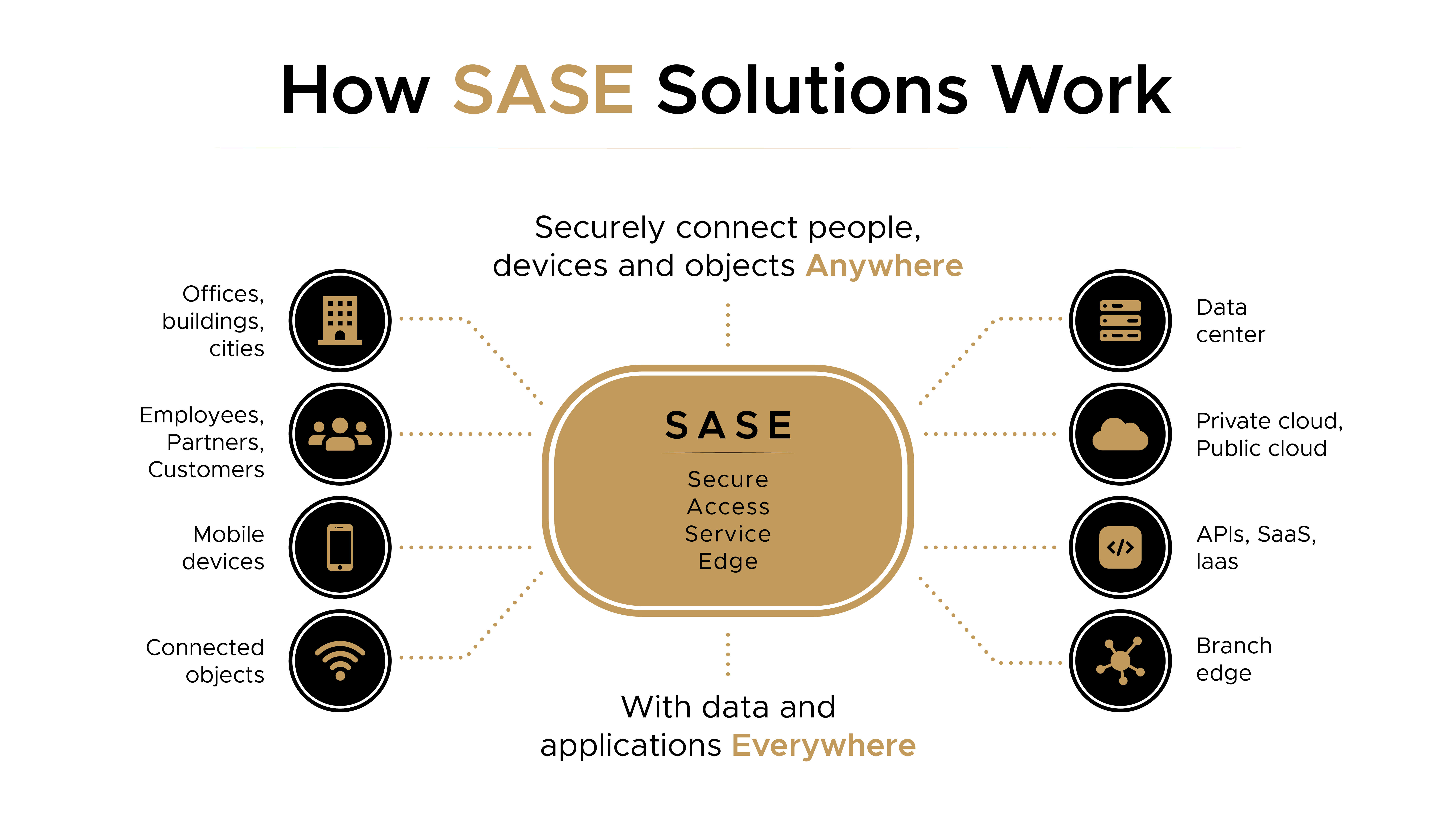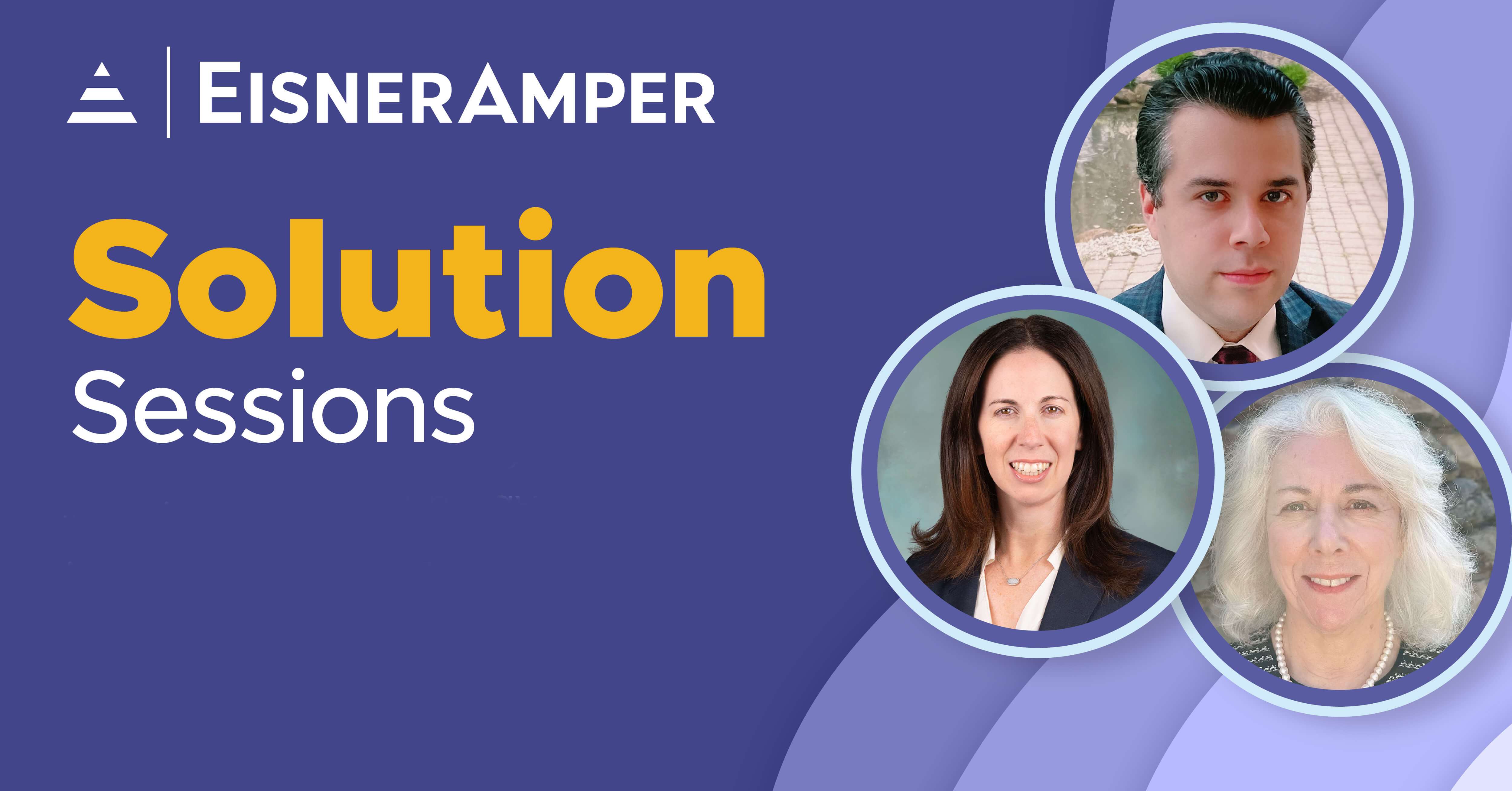
New Model to Protect Data in the Cloud: Secure Access Service Edge (SASE)
- Published
- Nov 14, 2022
- Share
Technology has introduced many advantages to the modern workplace, like the increased flexibility of where, when, and how we work. Secure remote work has been made possible through the introduction of the virtual private network (VPN) and, more recently, the software-defined wide area network (SD-WAN). The shift to cloud services and remote work has steadily been on the rise and was further accelerated by the pandemic.
Companies are now refining their processes to find the balance between convenience and security in this hybrid work environment. Since staff can now access company data from any location on most devices with internet connectivity, many variables have been introduced to the equation of security. Due to this new work style, employers need to be concerned with the networks and devices used by employees to access their information.
What Is SASE and How Does It Work?
Given the threats which have been introduced with an increase in remote work, we require an evolution in the way we protect our information. The latest development for supporting remote work security is the secure access service edge (SASE) framework. SASE (pronounced sassy) is a multi-layer network model first published by Gartner in 2019. SASE is built upon SD-WAN technology and is fused with other cloud security technologies to provide secure access to company data regardless of location.
The current architecture, which is heavily reliant on data centers and equipment like firewalls for VPN and content filtering, has its limitations. SASE is different from the typical data security model and focuses on securing data in the cloud. SASE is not only cloud-centric but also focuses on providing access to users based on their identity.
SASE is the Frankenstein creation of cybersecurity solutions. It takes the best of existing technologies like firewalls, SD-WAN and data facilities (such as data centers) to create a consolidated security solution. The merged components of the SASE model all work in harmony to protect your staff and data from digital threats. Keep in mind that none of these technologies or features are new; this is an integration of wan-edge network capabilities and cloud-delivered security functions that are all managed and delivered in the cloud.

Tech Company Insights and the Emerging Market
Microsoft has outlined the following details regarding the SASE model: “Data access is granted based on the identity of the users and devices. The infrastructure and security solutions of the model are solely based in the cloud. For these reasons, every physical, digital, and logical edge is protected. This makes company data globally distributed and provides staff with a secure connection no matter where they are.”
Fortinet, a company that provides security solutions, states that there are tangible benefits to the implementation of SASE: “It is flexible because it provides and delivers consistent security from threat prevention to any edge firewall policies. It reduces total cost of ownership by using a single platform approach. It reduces complexity by consolidating key networking and security functions from different vendors, so all is managed in a single pane of glass. Lastly by leveraging cloud availability, the performance is optimized so any user can connect easily and securely to the internet, company applications, and corporate resources from any location.”
Although this architecture is new with its introduction a few years ago, SASE is primed to continue its expansion as companies discover the myriad benefits of implementation. There are already vendors who provide SASE based products such as Zscaler and Fortinet. The market for SASE is poised to grow as well since cybersecurity entities will seek to profit from a market which is not yet saturated.1
The Future Forecast for the SASE Model
As mentioned, the concept of SASE has not been around for too long. Gartner, who developed the framework, has this to say about the forecast for its growth: “Since 2019, industry and companies’ interest in SASE has increased, primarily driven by enterprise needs not being met by existing vendors. End-user client inquiries on SASE grew 89% in 2021, as compared to 2020. Strong end-user interest in SASE and the related market for SSE (Security Service Edge) continues into the first half of 2022.”
The SASE model has been developed to fit the realities of the new corporate work style. Telecommuting is now embedded in most companies, with firms implementing hybrid or full remote work as the new normal. SASE will ensure that whether you are working from home or a local coffee shop, your devices and data are protected.
1https://www.zscaler.com/capabilities/secure-access-service-edge
What's on Your Mind?
Start a conversation with Victor
Receive the latest business insights, analysis, and perspectives from EisnerAmper professionals.












